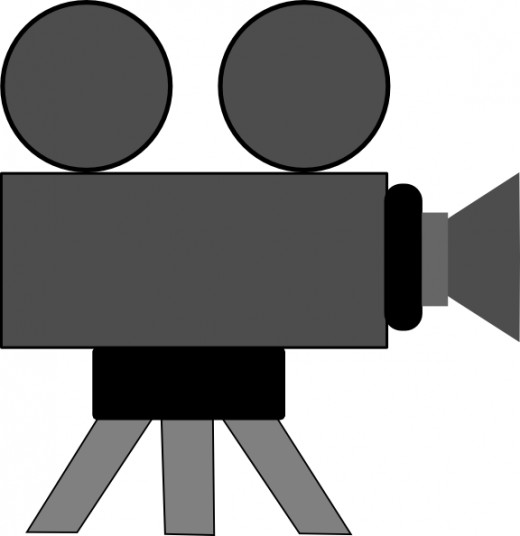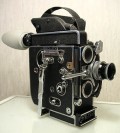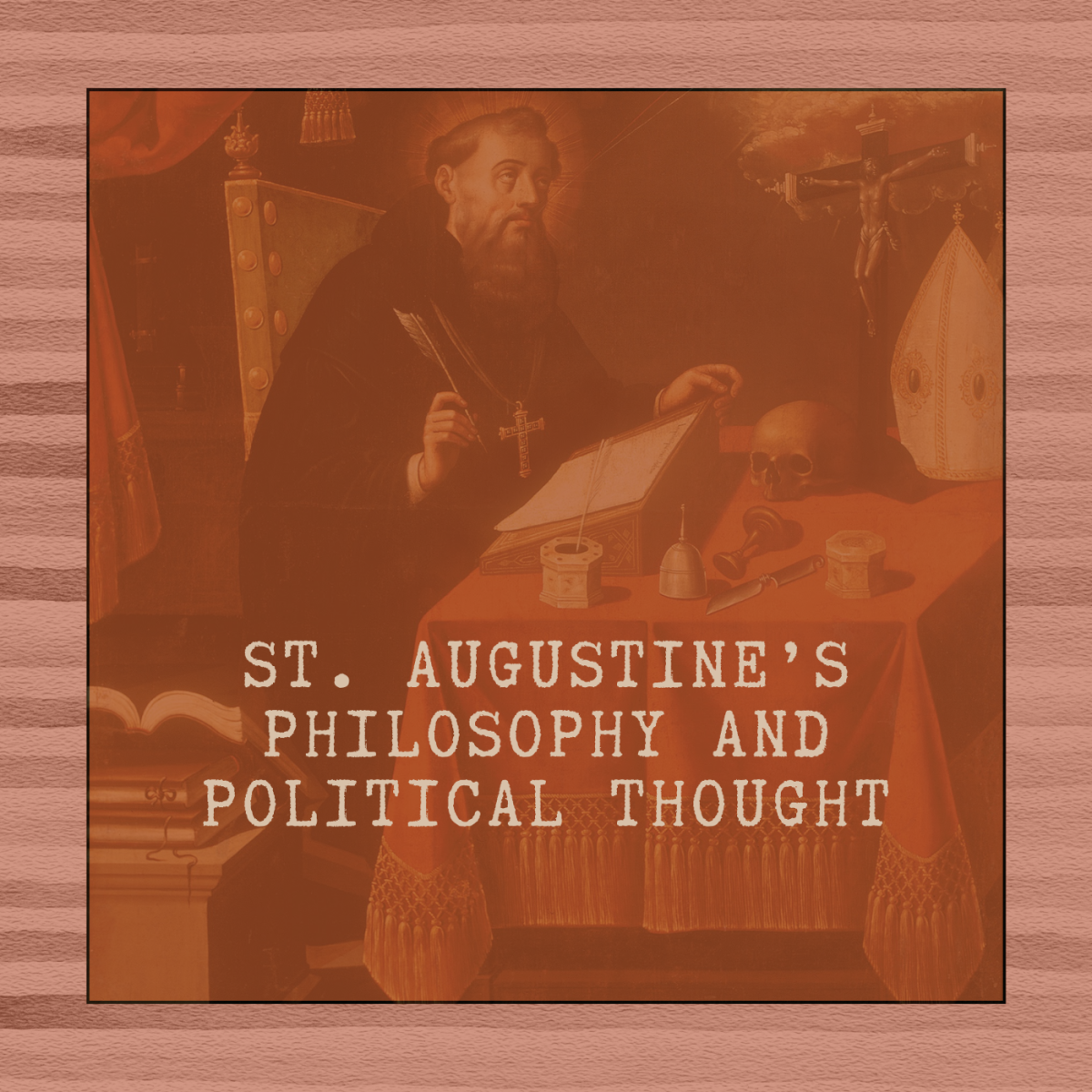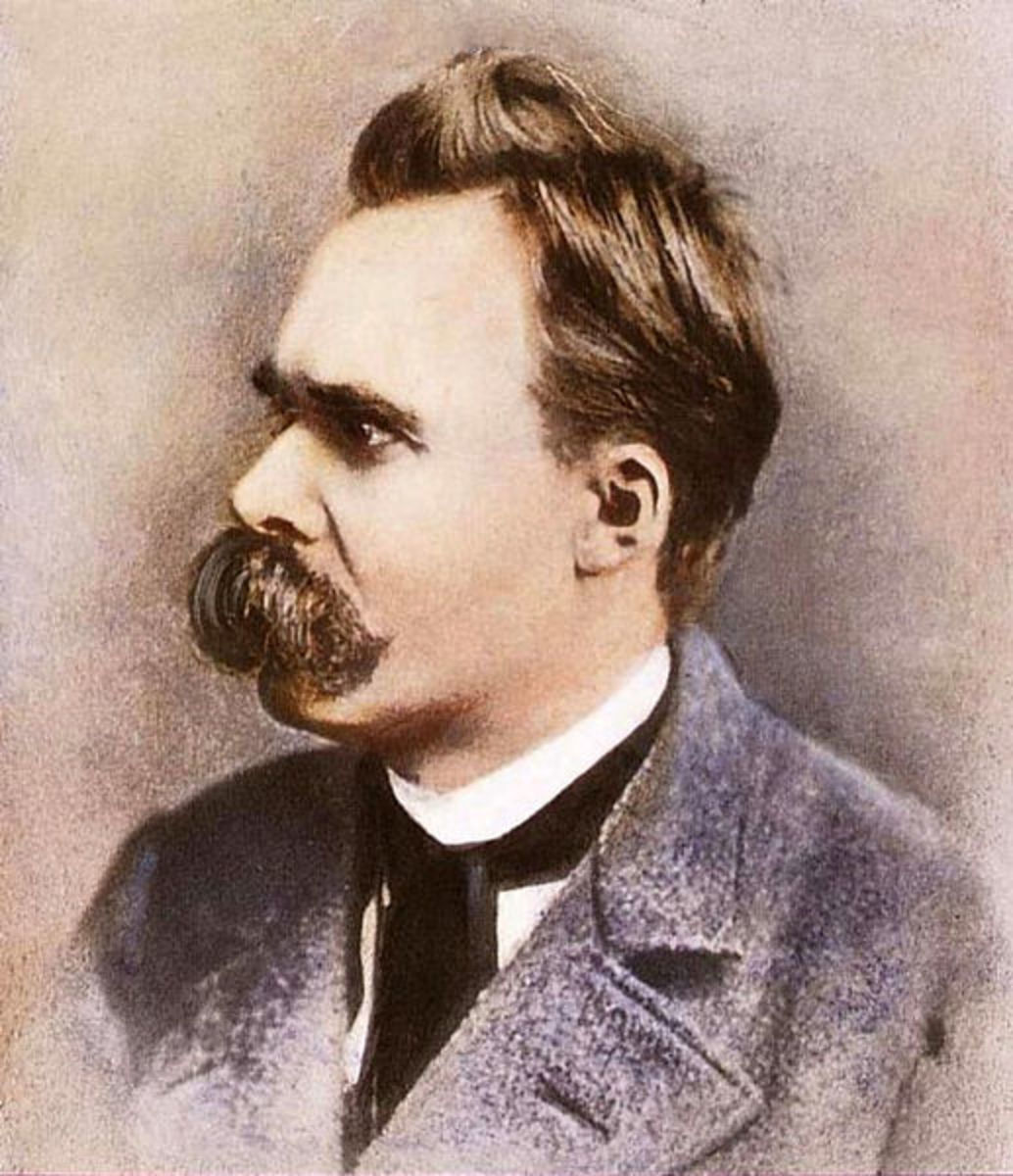Film and Technology
“A modern film is to an old one as a present-day motor car is to one built 25 years ago. The impression it makes is just as ridiculous and clumsy and the way film-making has improved is comparable to the sort of technical improvement we see in cars. It is not to be compared with the improvement - if it’s right to call it that - of an artistic style. It must be much the same with modern dance music too. A jazz dance, like a film, must be something that can be improved. What distinguishes all these developments from the formation of a style is that spirit plays no part in them.”
---- Ludwig Wittgenstein

In his essay, “What is Cinema?” An Agnostic Answer, Yuri Tsivian questions many of the approaches that have been taken in the evaluation of the art form. To Tsivan the collaborative nature of cinema and the many ways of evaluating the individual contributions have led to confusion. He finds the viewpoint of the above Wittgenstein quote to be too simplistic and a misunderstanding of film history. “Did literature change with the invention of new technology?” he asks pointing out the invention of quill to pen to printing press to typewriter. We may see some differences, he acknowledges but they are not fundamental changes to literature itself. These are made more in accordance to historical and cultural changes. The purpose of this paper will be to evaluate cinema apart from its technical development in defense of Tsivian’s views making the argument that technological advances are not central to the development of film itself.
It first must be asked that if film is simply a series of technological leaps each advancing film’s narrative potential than why have films changed so little? To many, the fact that they have not changed drastically in the last hundred years seems a ludicrous claim but an objective evaluation shows that films made in 2010 are still remarkably similar to films made in 1910 while the differences are often cultural not stylistic; films are still roughly the same average length (90-120 minutes), still use a three act story structure and use a remarkable number of techniques that were used one hundred years ago. There are many technological differences between D. W. Griffith’s Way Down East and James Cameron’s Titanic but both films are remarkably similar in many ways and are examples of romantic melodrama with a series of recognizable tropes and conventions between them.
Another reason I think that Tsivan is correct is that there are many techniques in film history that have constituted little more than a fad. When 3D was first introduced it did not enhance the storytelling of film at all but was a distraction as films were designed specifically so objects could jump out at an audience even if this effect was contrary to the story or themes of the film. As a result, few films that were shot in 3D are watched or even remembered now and even as the fad has returned to popularity with new technological innovations it is implemented differently. Mindful of the mistakes made before, directors that use 3D do not use it as self-consciously and often the 3D is being added as an afterthought to try to entice audiences to see the film in a theater rather than at home.
One filmmaker who worked in 3D was Alfred Hitchcock with Dial M for Murder and the fact that it was originally shot using this technology has become a mere piece of trivia because the film when viewed today shows little evidence of 3D gimmickry. To Hitchcock, a technical advance should advance the story. Consider the technique he developed for his film Vertigo. Hitchcock created a disorienting effect by physically moving the camera either in or out while using a zoom lens to zoom in the opposite manner.(3) While this technique would be impossible without the zoom lens the purpose is to serve the effect that Hitchcock wanted not in using the film to showcase the technology.
One form of technological advance that became a universally used tool for film technology was the introduction of sound. Despite the fact that it became the norm it actually hindered filmmakers’ creativity when first introduced. Early film cameras were loud and shooting with sound meant having to encase the camera in a sound proof box that made moving the camera extremely difficult. (4) Add to this the fact that sound had to be recorded simultaneously using microphones placed on set and it is easy to see why the blocking of early sound films is often so clumsy and laughable and the mise-en-scene so static and uninspired.
If we use Hitchcock again, it is because of the vastness of his contribution to film history that he makes an easy example, we can see how the evolution of cinema corresponds with technological advance more clearly. Hitchcock had originally planned to make his film Blackmail as a silent film but was forced by producers to switch to sound. Hitchcock found the idea of working with the current technology ludicrous and refused to change any of his planned storyboards, casting etc. The result is a film with minimal dialogue filmed mostly silently but an effort is made to make this as unnoticeable as possible. Despite the fact that his leading lady had a thick Czech accent Hitchcock refused to recast and had another actress speak lines off screen while his leading lady mouthed the words.
While there are awkward moments in this film all one must do is view it side by side with any one of the other popular early British talkies of the period to see how much more effective it is as a piece of art and as a piece of storytelling. Hitchcock does not succeed because of the technology but in spite of it. While his vision may be enhanced by certain technologies, such as his invention of the dolly zoom, we cannot simply see cinema as an art as a progression of technological advancements similar to the automobile as Wittgenstein suggests.
In the second half of his article Tsivian devotes a great deal of analysis to the art of editing. His reasoning for this is that editing itself is the one part of the collaborative filmmaking process that was not an art in itself before the creation of cinema. While he acknowledges that technological advances have had an influence on editing he points out that it is not sufficient to explain the differences of editing style in different film movements or countries such as the “American cutting style” pioneered by Griffith or the Russian montage theory popular with filmmakers such as Sergei Eisenstein.
Tsivain gives an exhausting analysis to D. W. Griffith’s film Intolerance because the film includes four different stories and cuts back between them throughout the over three hour film. This suggests to Tsivian that the most important aspect of film is editing itself since the juxtaposing of images conveys something differently than literature, theater, photography etc. could do. In short, film spans the gaps between the temporal and spatial arts and that is what makes it unique.
A similar analysis can be made of many films but I will choose to use Canadian filmmaker Atom Egoyan’s Exotica. The narrative of this film centers around a stripper and a “client”, a sorrowful accountant, and other characters they come in contact with. The film uses intentional misdirection and a nonlinear narrative to manipulate audience reaction and slowly unveil a connection between all the characters buried in their pasts. Revealed in the film’s final few minutes through a series of elaborating cuts, we learn that all these characters have a shared event in their pasts, the murder of a young girl, and their actions no matter how inexplicable have been motivated by grief. While Egoyan’s film has been to that point an intellectual exercise it delivers an astonishing emotional impact as our simplistic need to cast movie characters into heroes and villains and to judge their actions is turned against us and we realize that grief and death are collective human experiences. Our sympathy for these characters becomes universal no matter how harshly we judged them previously.
The effect of Exotica, while relying on the techniques of many different art forms combined into film, could only be accomplished by the contribution of an editor. While I will not refute the auteur theory because the director still remains the collaborator with the most prominent voice in most films the contribution of the editor to any film seems to be a close second. It is editing itself that has seemed to have had the most drastic influence on the course of film history and this art seems to be independent of technology when we compare the number of cuts and frequency of cuts made in films over time and history of cinema. For this reason alone Wittgenstein’s observation seems to be categorically false.
Works Cited
Wittgenstein, Lutwig. Culture and Value. Oxford University Press, 1997
Tsivian, Yuri. Critical Inquiry. CI Publications Summer 2008
Cook, David A. A History of Narrative Film. W. W. Norton, 1996







